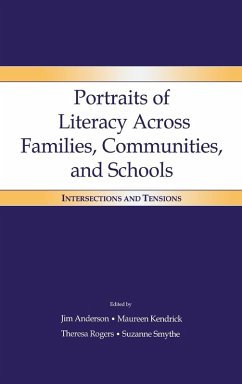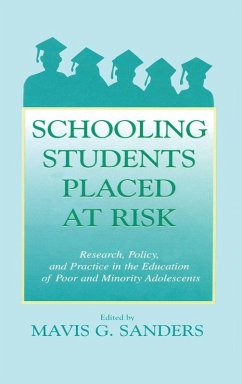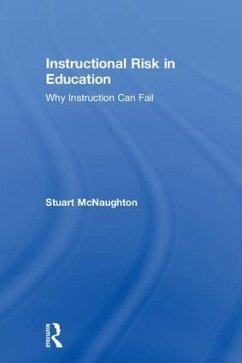
Official Portraits and Unofficial Counterportraits of At Risk Students
Writing Spaces in Hard Times
Versandkostenfrei!
Versandfertig in 1-2 Wochen
186,99 €
inkl. MwSt.
Weitere Ausgaben:

PAYBACK Punkte
93 °P sammeln!
This book chronicles fifth and sixth grade writers in a poor, culturally diverse, rural school in the southwest US coming into their voices, cultivating those voices, and using those voices in a variety of venues, beginning with the classroom community and spreading outward. The big ideas of official and unofficial portraits are presented, followed by data and facets of the theoretical construct of counterportraits in each chapter, as a response to official portraits.














